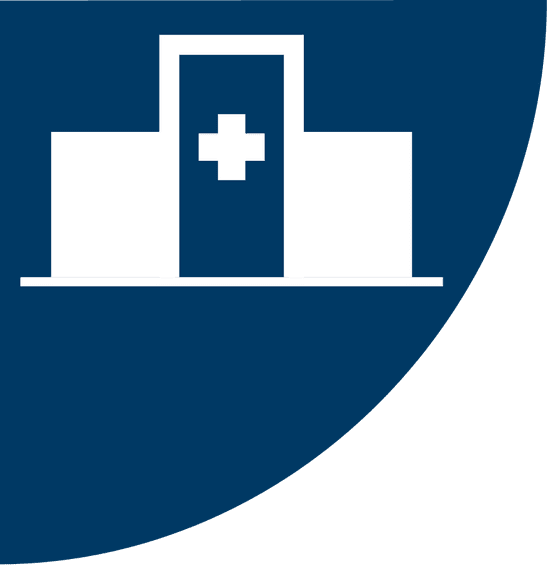NEWSWATCH
HEALTHCARE

NIOSH: Healthcare Workers’ Exposure to Hazardous Surgical Smoke Continues
A new NIOSH study shows that healthcare workers continue to be exposed to hazardous surgical smoke “despite the existence of evidence-based practices and recommended controls available to protect them.” According to NIOSH, exposure to surgical smoke—which may contain viruses, bacteria, and toxic gases and particulates—can cause health effects such as eye, nose, and throat irritation; emphysema; asthma; and chronic bronchitis. Of the healthcare workers surveyed for the study who reported exposure to surgical smoke, only half reported that local exhaust ventilation (LEV) was always used during laser surgery. Even fewer—15 percent—reported that LEV was always used during electrosurgery.
“The study also indicated that control of surgical smoke in workplaces may not be a priority,” NIOSH notes. “Nearly half of respondents reported that they had never received training on the hazards of surgical smoke and one-third said that LEV use was not part of their workplace’s protocol.”
The agency recommends general room ventilation in addition to LEV, a widely recommended control, to control healthcare workers’ exposure to surgical smoke.
The study results are derived from the 2011 Health and Safety Practices Survey of Healthcare Workers, a federally sponsored survey of U.S. healthcare workers that addresses safety and health practices relative to use of hazardous chemicals. For more information, see NIOSH’s press release.
thesynergist | TOC | NEWSWATCH | DEPARTMENTS | COMMUNITY

